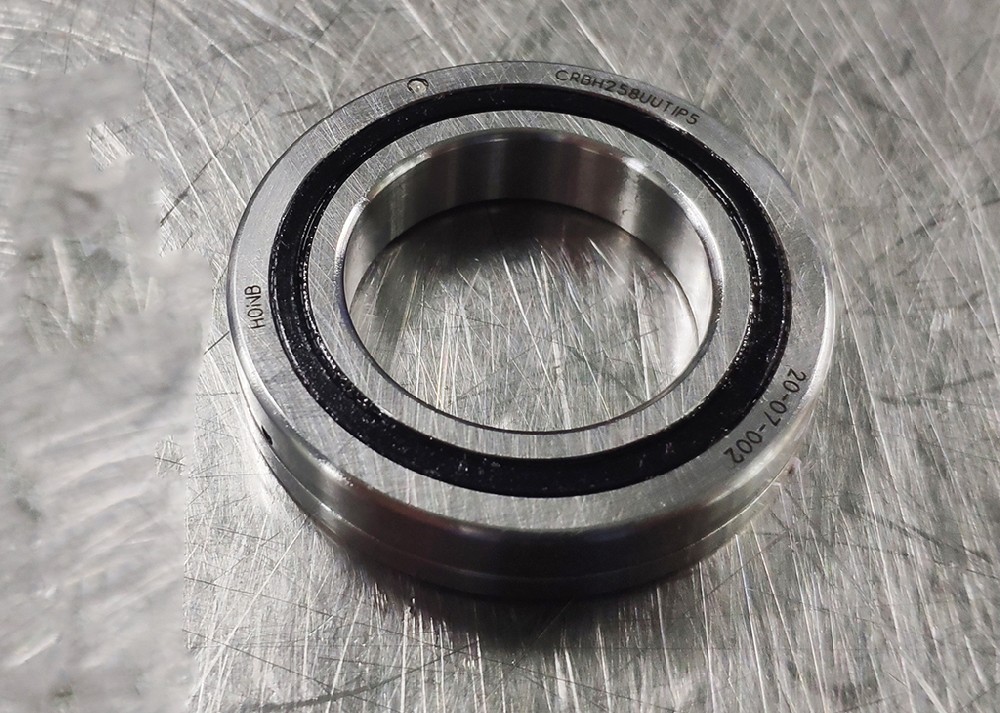Generally speaking, the bearing cage will not be damaged under reasonable working conditions, but incorrect operation in daily production will reduce the service life of the bearing cage. Let's take a look at the reasons that cause the bearing cage to break. 1. Poor bearing lubrication problem The bearing is running in an oil-poor state, which is easy to form adhesive wear, which deteriorates the working surface condition. The tearing produced by adhesive wear is easy to enter the cage, causing the cage to produce abnormal load, which may cause the cage to break. 2. Bearing creep phenomenon Creep refers to the sliding phenomenon of the ring. When the interference of the mating surface is insufficient, the load point moves in the surrounding direction due to sliding, resulting in the phenomenon that the ring deviates from the circumferential direction relative to the shaft or the housing. 3. Abnormal load of the bearing cage Improper installation, tilting, excessive interference, etc. are easy to cause the clearance to decrease, aggravate frictional heat generation, soften the surface, and premature abnormal peeling. As the peeling expands, the peeling foreign matter enters the cage pocket, causing the cage to block and generate additional load, aggravating the wear of the cage. Such a deteriorating cycle may cause the cage to break. 4. Material defects, cracks, large foreign metal inclusions, shrinkage holes, bubbles, riveting defects, missing nails, pad nails, or gaps between the two halves of the cage, severe riveting damage, etc. may all cause the cage to break. 5. Intrusion of hard foreign matter in the bearing The intrusion of foreign hard foreign matter or other impurities exacerbates the wear of the cage.


